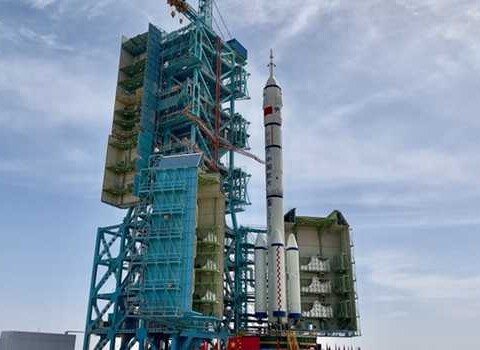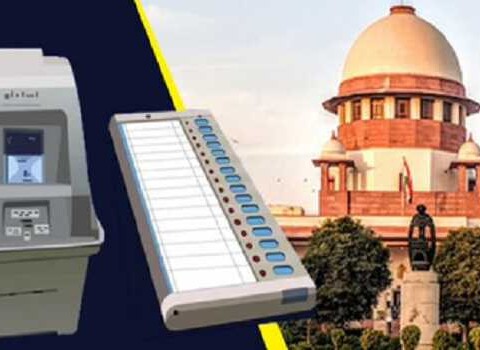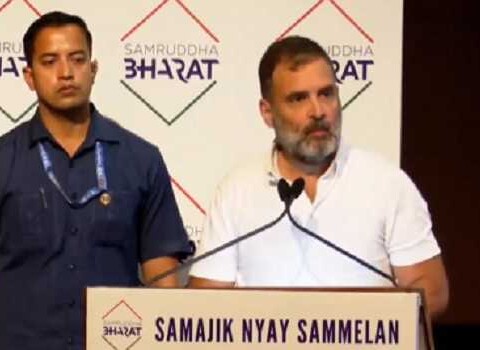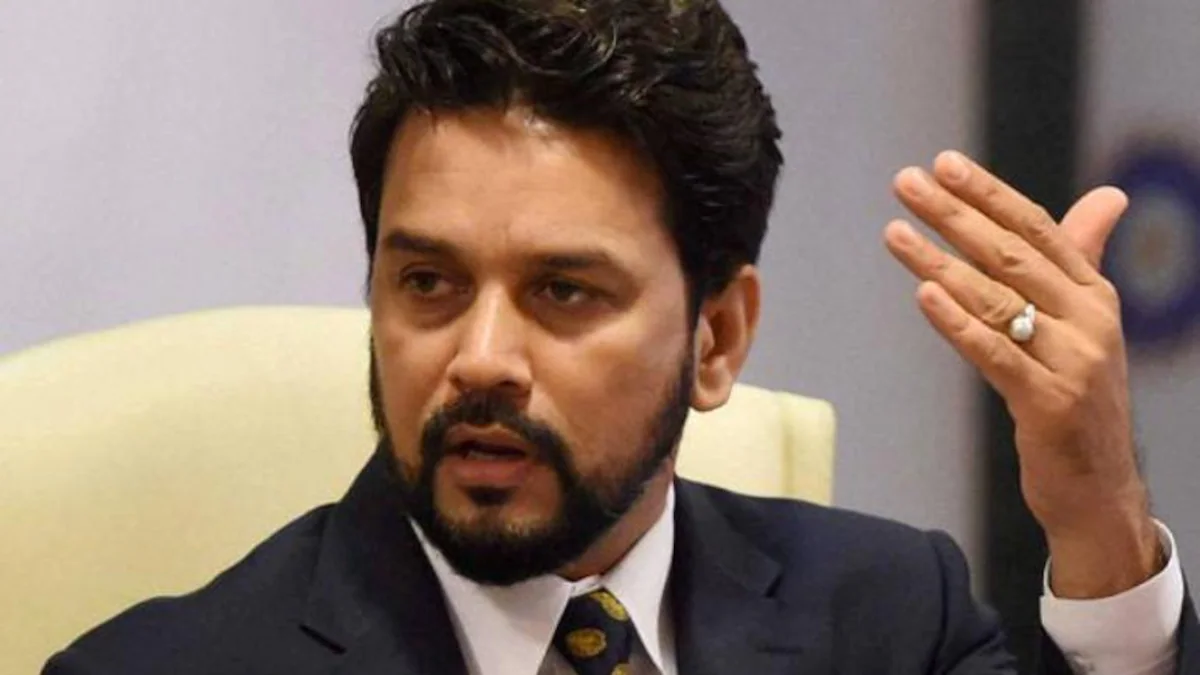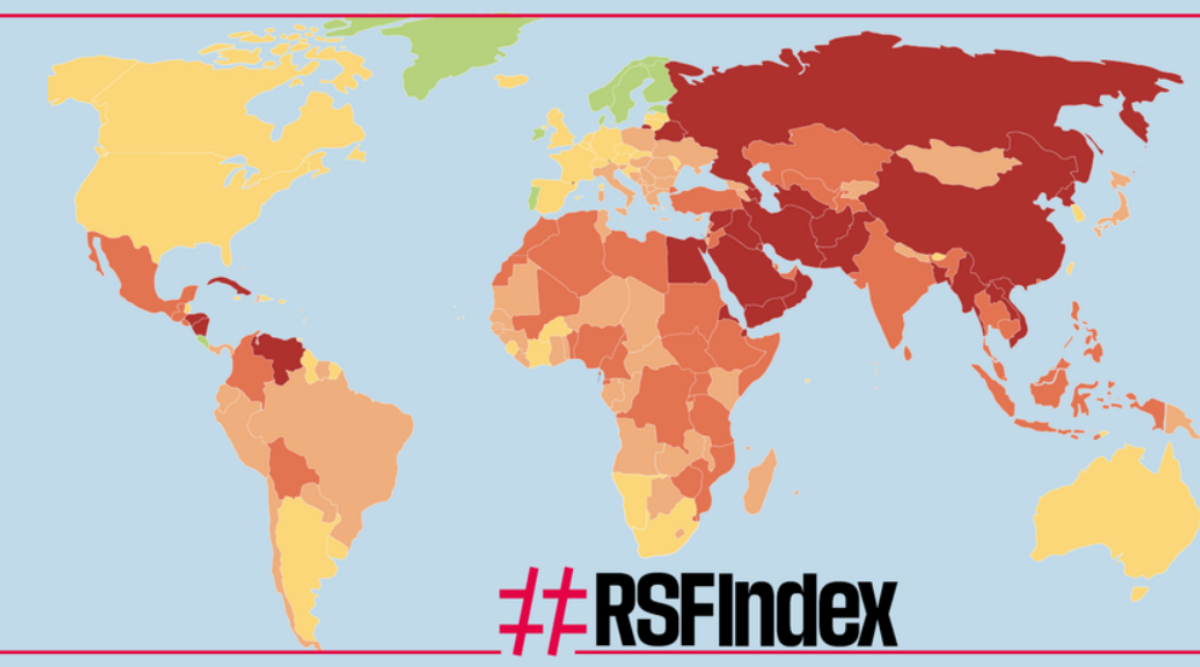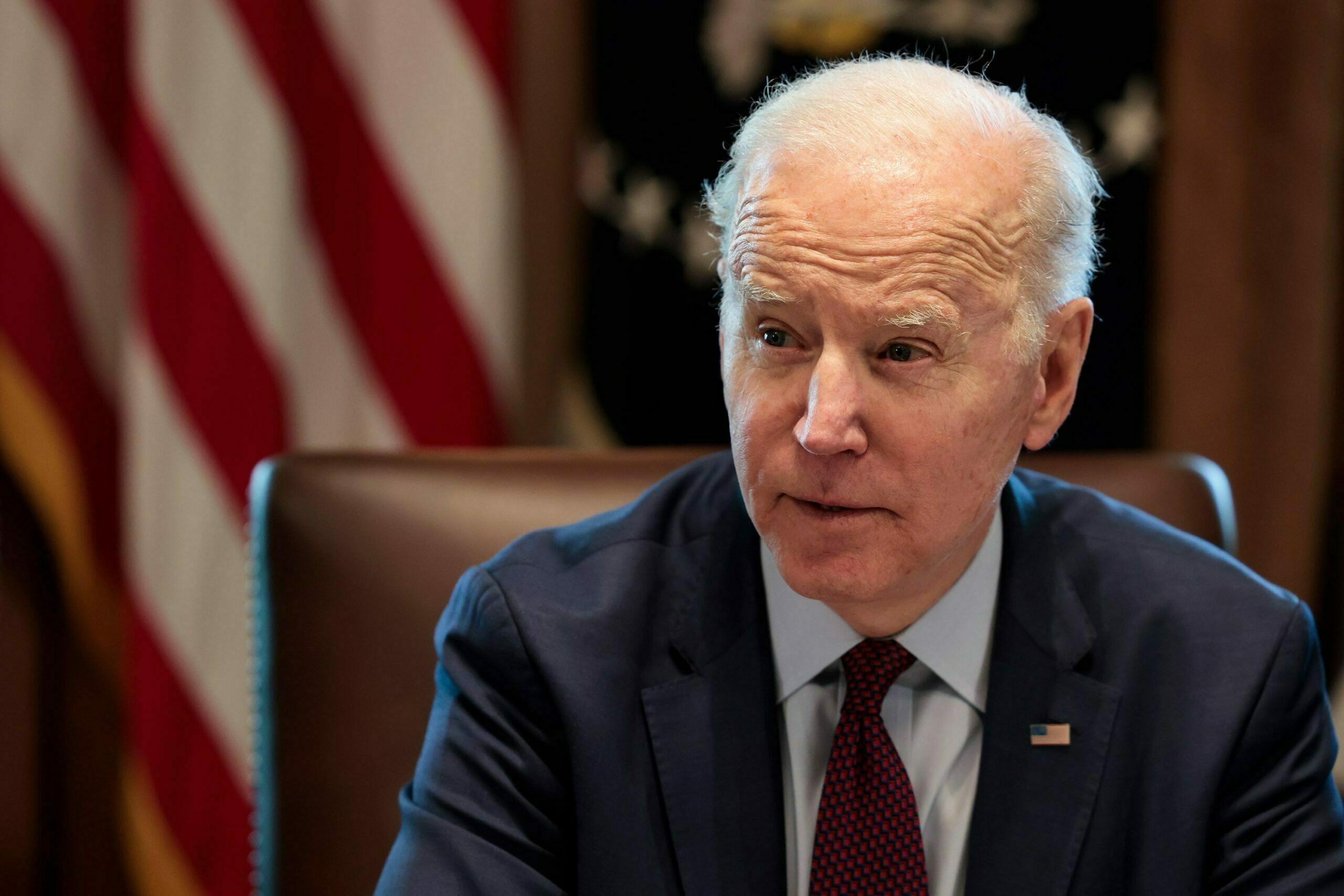Usually the US doesn’t do anything without any specific objective in sight. Pakistan has extensive oil and gas reserves in Baluchistan. Moreover, its pipeline corridors are considered strategic by the Anglo-American alliance and are in support of synchronized militarization of Pakistan.
Sumera B Reshi
When Pakistan was forced out of a British laboratory in 1947, the squabble regarding the balkanization of the country has been on the table since then. America’s foreign policy course is to actively promote the political fragmentation and Balkanization of Pakistan. Also, owing to the rising nationalist sentiment in the Pashtun belt, growing cynicism of the Pashtuns, Baluchis and Sindhis, Pakistan’s balkanization seems imminent.
Pakistan inherited flawed boundaries pooled with the nexus between military rule and Islamic extremism. With this reason, Pakistan finds itself on an instant depreciation. Additionally, its leaders refuse to bring in some drastic changes. No doubt Pakistan is at the verge of collapse, suicide and self-disintegration, international community, however, is trying hard to deconstruct the country passionately rather than violently.
Day by day Pakistan is entering into darkness. According to Foreign Policy Magazine, Pakistan ranks 10th failed state and is viewed as the world’s largest incubator of jihadi extremism.
Balkanization of Pakistan is based on the premise that the weak central government in Islamabad is incapable of governing Pakistan’s frontiers, which is the cardinal source of regional instability. Throughout its history, the ruling Punjabi elite have always mistreated the major ethnic groups – the Sindhis, Pashtuns and Baluchis because a major chunk of the budget is spent on the military rather than economic upliftment, education and allied infrastructure.
Ironically just 2 per cent of Pakistan’s GDP is spent on education even though Pakistan’s literacy rate stands at 57 per cent. The most popular balkanization strategy for Pakistan is to break off and permit Afghanistan to absorb Pakistan’s North – West Frontier Province (NWFP) and Federally Administered Tribal Areas (FATA) which would later on unite the Pashtun tribes. Baluchistan and Sindh would be independent but Punjab will stay standalone.
Ethnic minority groups like Baluchis and Sindhis are the most unrepresented in the key organizations such as Army. Punjabis represent 40 per cent of the population constitute 90 per cent of the armed forces. In the past, Pakistan has witnessed bias viz a viz ethnic groups (Bengalis). After a long resentment and massive rebellion, Bangladesh was founded in 1971 because of the growing bitterness among its people who felt completely left out and disregarded. The separation of East Pakistan initiated the first split rather it was the first nail which laid the foundation of the balkanization of Pakistan.
 The roots of instability can be traced in the inception era. In 1947 when the British left the subcontinent, it drew the boundaries of Pakistan haphazardly. The boundaries were drawn in haste without any considerable thought. British colonial officer, Sir Cryil Radcliffe was given six weeks to engrave a Muslim majority state from British India according to a report published in the New York Times. Sir Radcliffe had never been to the subcontinent before. He had no idea of the culture and geography of the subcontinent. It was a tedious job for Sir Radcliffe rather an impossible effort since he was unaware of the Indian subcontinent.
The roots of instability can be traced in the inception era. In 1947 when the British left the subcontinent, it drew the boundaries of Pakistan haphazardly. The boundaries were drawn in haste without any considerable thought. British colonial officer, Sir Cryil Radcliffe was given six weeks to engrave a Muslim majority state from British India according to a report published in the New York Times. Sir Radcliffe had never been to the subcontinent before. He had no idea of the culture and geography of the subcontinent. It was a tedious job for Sir Radcliffe rather an impossible effort since he was unaware of the Indian subcontinent.
This haste demarcation by the British in fact led to a bloody onslaught. Thousands of people died in the ethnic cleansing that was the handiwork of British carelessness. Pakistan already had a poorly marked Durand Line. This line was drawn in 1893 by the British. This line, however, was not considered a long term legally binding boundary. The fake boundary divided Pashtuns in half. If the original boundary is maintained, then Pakistan’s Western province would return to Afghanistan.
According to Ahmad Rashid, a renowned Pakistani journalist and author of many books said that the British didn’t only gifted Pakistan with lethal boundaries but also Pakistan inherited a security state and what scholars call it ‘the viceregal tradition’ or ‘a permanent state of martial law’. Since the birth of Pakistan, the military has controlled it subtly. Nonetheless, extremist organization was the creation of CIA. These extremist groups are not the offshoot of religion rather to institute ‘a pan Islamic Caliphate’ was a part of a carefully devised intelligence operation to create chaos inside Pakistan or to create fissures.
In August 2008, the regime change in Pakistan was a stratagem to put Pakistan’s economy in doldrums. In September 2001 when Pakistan decided to align with the US in war on terror, Parvez Musharaff did everything to extract economic concessions from the US. The US, thus, planned to oust Musharaff with a corrupt regime who would suit the US interests. Since September 2001, Pakistan’s economy has been moving from bad to worse. Its foreign debt has increased from $45 billion to $ 56 billion by mid-2010. By January 2011, Pakistan’s annualized GDP growth had shrunk to a meagre inflation adjusted 2 per cent.
Undoubtedly with the balkanization of Pakistan, the power in Asia shifts in favor of India. Since China is an emerging economic and military might so in absence of Pakistan, India and China is going to gain momentum, however, the balance between India and China can’t be maintained if Pakistan remains a nuclear power.
There is every possibility of a major war which could possibly initiate in FATA region involving US – NATO troops and India on the eastern border. Pakistan is already hit by choosing being a front line state for the war on terror in 2001. Pakistan of today is facing multiple problems – international as well as domestic. Its economy is in shambles, corruption among the leaders is pandemic.
Besides, the involvement of China and the threat of nuclear weapons, the US in such a scenario is set to balkanize Pakistan, at least in two parts. Whether the US succeeds or fails in this attempt is a secondary question but the US is already working to rip Pakistan apart. However, Pakistan military has a vast control over the polity of Pakistan, so the military establishment will may impede defeat any such effort. If the US fails to split Pakistan through military might, it can surely divide Pakistan economically.
A report published by the US National Intelligence Council and the CIA in 2005 predicted a ‘Yugoslav – like fate for Pakistan in a decade. The NIC – CIA had projected that Pakistan will become a failed state by 2015. I was believed that the country would be affected by civil war, talibanization and a struggle for the control of nuclear weapons.
Given the continuing domestic turmoil, the central government’s control perhaps will be reduced to the Punjabi heartland and the economic hub of Karachi. The US is planning to foment social, ethnic and factional divisions and of course political fragmentation, including the territorial break up of Pakistan. The US’s hidden agenda for Pakistan is similar to that applied in Middle East and Central Asia. The US has long been strategizing covert intelligence operations in triggering ethnic and religious strife, assisting and financing secessionist forces. Such a plan will surely weaken the institutions of the central government.
Since long Anglo American alliance has a broader objective to fracture the Nation State and redraw the borders of Iraq, Iran, Syria, Afghanistan and Pakistan. Balkanization of Pakistan is a part of the broader objective.
Usually the US doesn’t do anything without any specific objective in sight. Pakistan has extensive oil and gas reserves in Baluchistan. Moreover, its pipeline corridors are considered strategic by the Anglo-American alliance and are in support of synchronized militarization of Pakistan.
Baluchistan comprises more than 40 per cent of Pakistan’s land mass. Also, it possesses important reserves of oil, natural gas and mineral resources. Further, the Iran – India pipeline corridor passes through Baluchistan. If Baluchistan gains independence from Pakistan, India will be more than happy with the said pipeline. So India also has economic and well as political interests in the fragmentation of Pakistan.
In addition, Baluchistan possesses a deep sea port largely financed by China located at Gwadar where 30 per cent of the world’s daily oil supply moves by ship or pipeline. India is neither happy with China’s involvement in Gwadar or Baluchistan. India sees balkanization of Pakistan in its favor.
Strategically Baluchistan is a hot pie for the imperial powers. Baluchistan’s indigenous struggle has been hijacked by the foreign powers.
It has been alleged that British intelligence is providing covert support to Baluchistan separatists. Pakistan’s Senate Committee on Defence accused British intelligence for inciting the insurgency in the province bordering Iran.
Furthermore, the US is in favor of a ‘Greater Baluchistan’ which would integrate the Baloch areas of Pakistan with those of Iran and perhaps the southern tip of Afghanistan, thereby leading to a process of political fragmentation in both Iran and Pakistan.
Pakistan’s survival and stability are not just in the interest of Pakistanis but of the entire region, even India’s. The United States, on the other hand, is unleashing “all the elements of state power” to achieve control of the resources in South Asia.
The author is an Associate Editor of The Legitimate.



